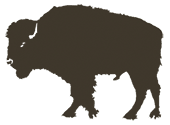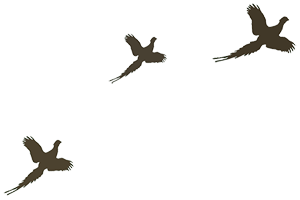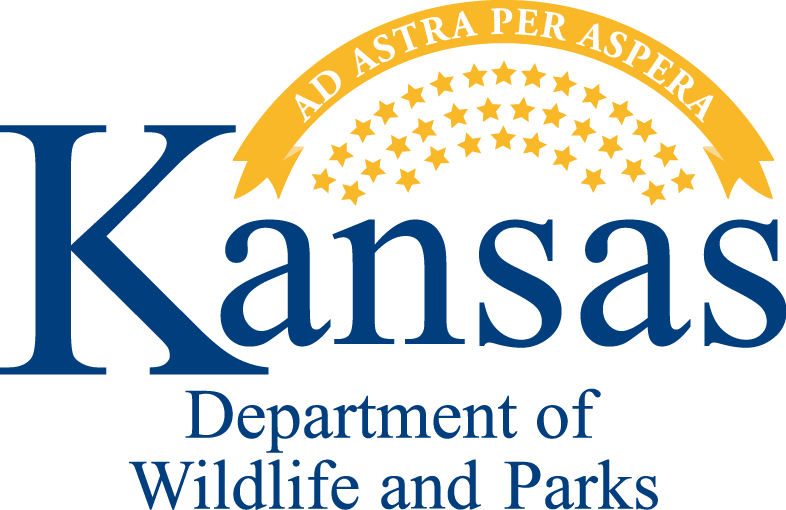Wildlife Viewing Tips
Help Keep Wildlife Wild
The best way to protect wildlife is to avoid human interaction. When you approach, touch, or feed wild animals, you are putting the animal, yourself, and others in danger.
Interfering with wildlife not only disrupts their natural behaviors but also causes significant stress, which can lead to illness or unpredictable aggression. If disturbed too often, both birds and mammals may desert their nests, dens, or feeding areas. By keeping a safe distance, you allow animals to thrive as nature intended.
Here's how you can use good judgment in viewing wildlife:
- Don't feed wild animals.
- Try to observe wildlife from a distance that will not force the animals to alter their normal behavior.
- Do not flush birds from their nests in order to view their eggs or watch them fly.
- Avoid excess use of tape players in attracting birds during their nesting season.
- Never chase wildlife.
- Limit the time you spend closely viewing an animal.
- Do not pet or rescue young animals. If the parent is not visible, it may be because you are present. Many birds and mammals leave young while feeding or during certain parts of the day.
- Leave feathers, eggs, nests, dead animals, and live animals where you find them. It is illegal to possess them without proper permits.
- After searching under rocks for reptiles or invertebrates, always replace the rocks in their original position. These small habitats take years to develop.
- Respect other viewers, recreationists, and photographers. Do not move in front of someone already in position. If an animal is approached too closely you may ruin everyone's opportunity. Don't intrude on another's area.
- Respect private property. Always get permission before entering.
- While driving on private or public lands, always keep your car on designated roads.
The best general wildlife viewing tip is the P.E.Q. rule: be patient, early, and quiet.
- You may need to wait several minutes, if not an hour or more, to see some wildlife species.
- Getting there before dawn is often necessary.
- Moving slowly and quietly will allow you to see wildlife spectacles you'll miss otherwise. Remember, wild animals do their best to remain hidden.
- Hardly anything else you do will enhance your opportunity to see and hear wildlife more than following the simple PEQ rule.
Here are some more wildlife viewing tips:
- Use field guides to help identify your discoveries. They may be found in most libraries and bookstores.
- Stop at a local nature center to pick up brochures, maps, and wildlife checklists. Ask about any recent wildlife sightings.
- Allow plenty of time. Don't rush from one site to the next.
- Explore all the roads, trails, and habitats. Seldom are all of an area's interesting features clustered around the main entry road.
- Drive slowly, stop often, and shut off your engine to listen and look more carefully.
- Don't forget dusk. Most animals are more active at twilight than in the middle of the day.
- Use binoculars and spotting scopes to view wildlife from a distance that will not disturb them.
- Use a telephoto lens to photograph from a distance.
- Learn to interpret animal signs. Tracks, trails, nests, dens, droppings, and partially eaten plants are clues to what animals may live in the area.
- Pay close attention to "edge," the area where the prairie meets the woods or the water reaches the shore.
- After animals are spotted, don't alarm them. Talk quietly, move slowly, never directly, toward an animal. Try to stay downwind of mammals.
- If the animal is looking directly at you and appears alert and nervous, remain motionless or move slowly away until normal behavior returns.
- Stay away from animals that behave strangely or appear sickly.
- Leave pets at home. Nothing will scare animals away more quickly than a dog.
- Check with local and regional conservation groups for wildlife-viewing areas and tips. There are several Audubon chapters in Kansas and state organizations, such as the Kansas Ornithological Society, Kansas Wildflower Society, Ark Valley Butterfly Club and Kansas Herpetological Society. Contact these groups to enhance your ability to find special wildlife spots and species.







